Photo Gallery
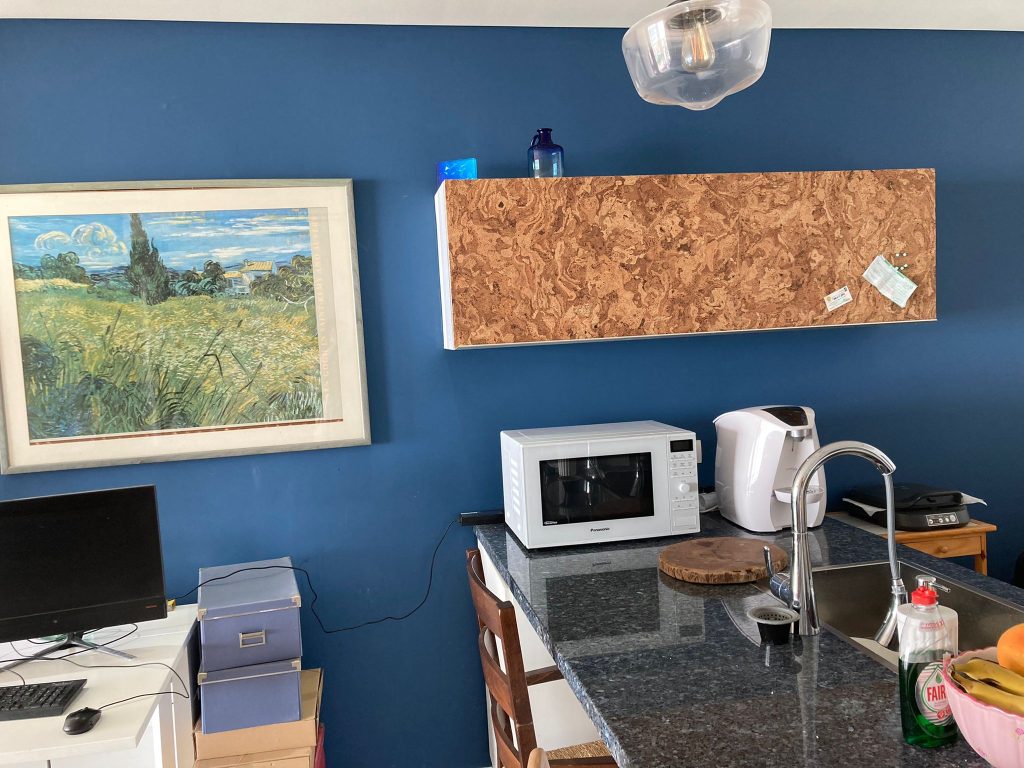
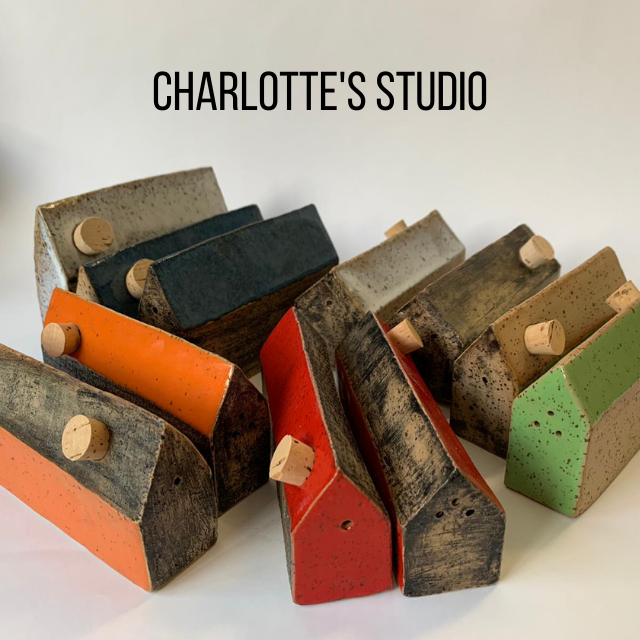
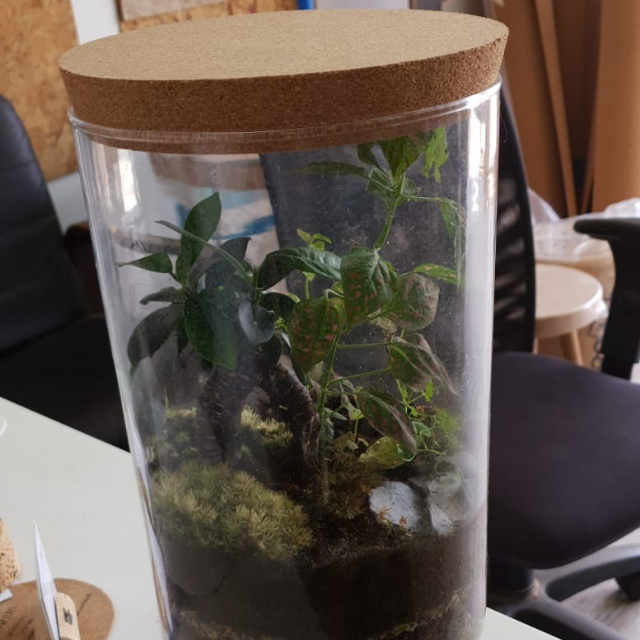
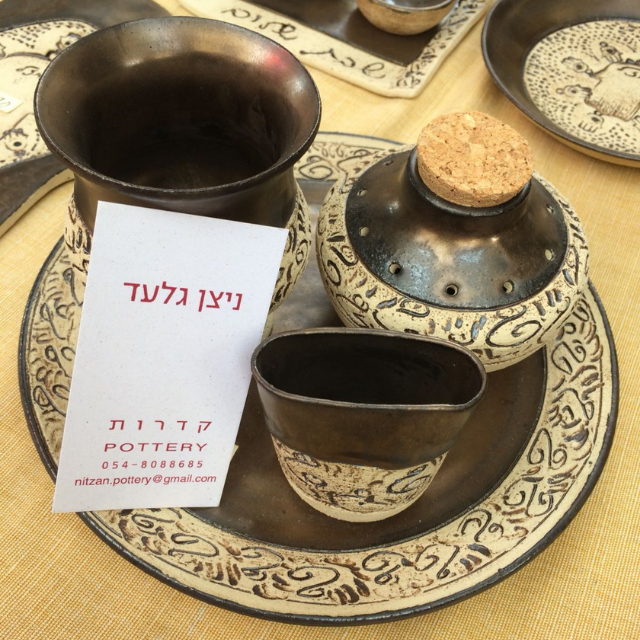
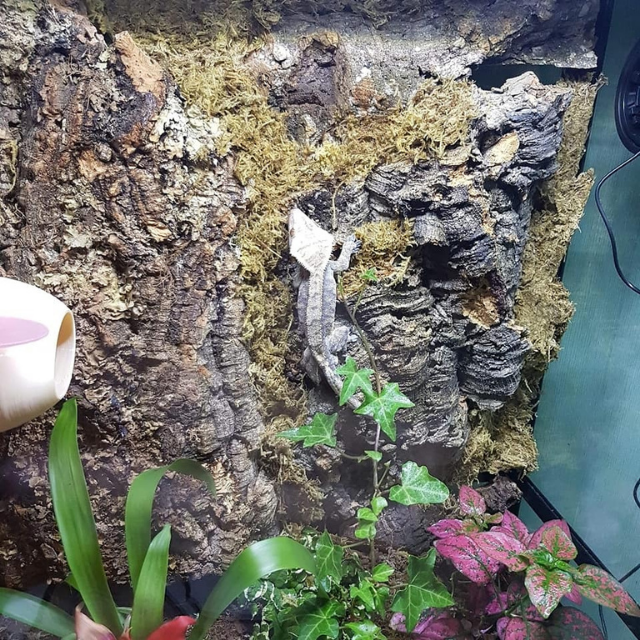

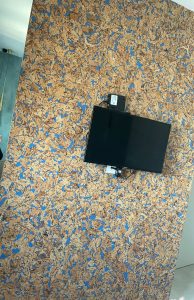
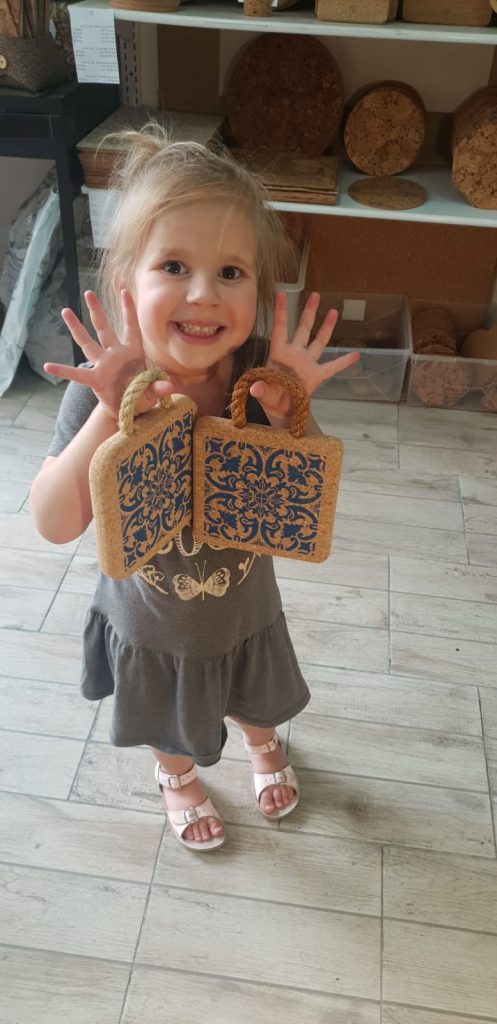
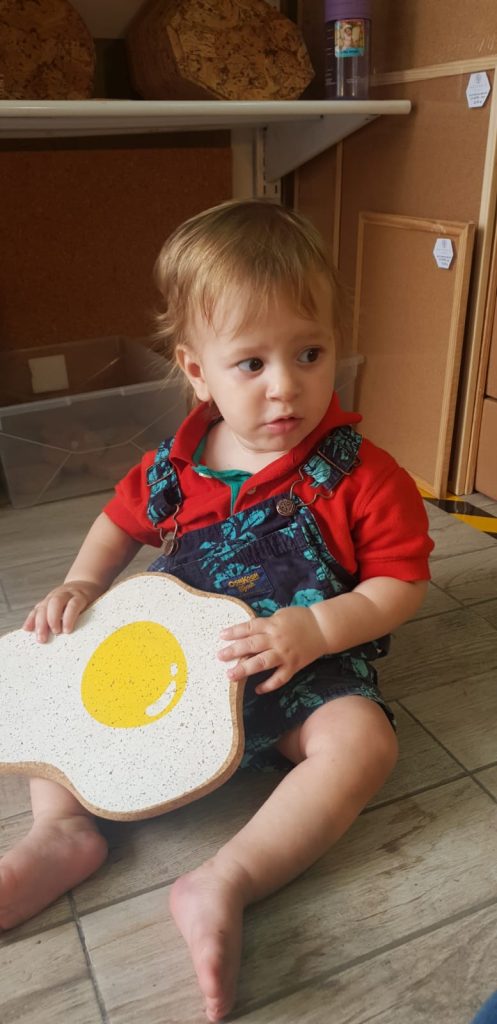
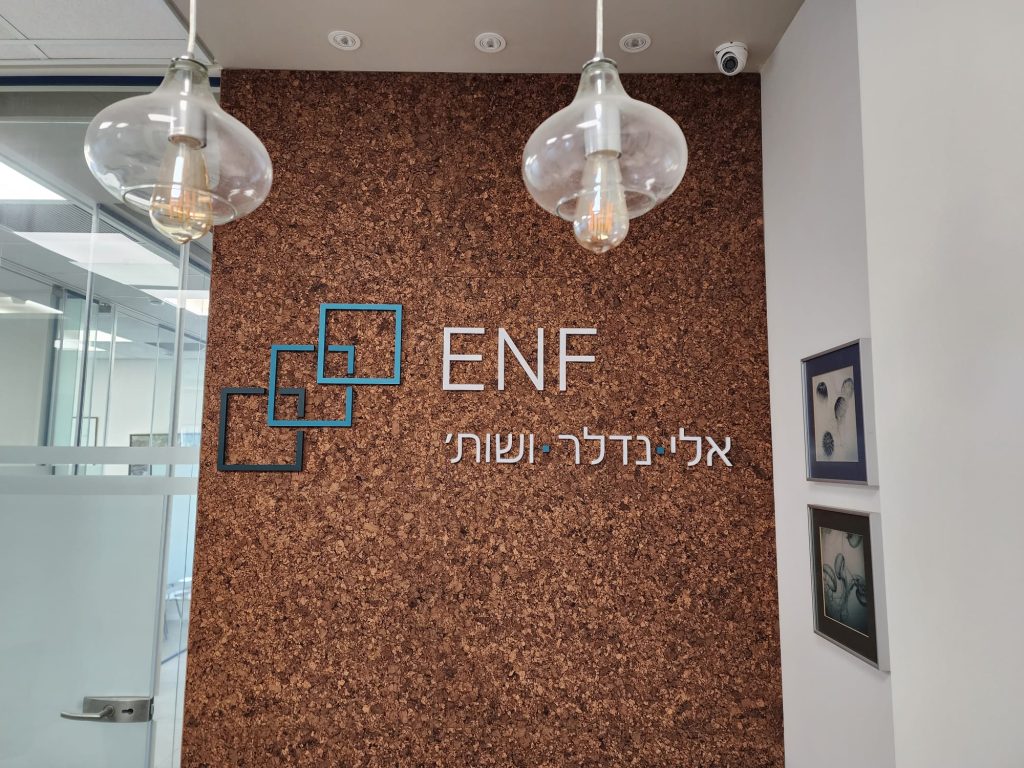
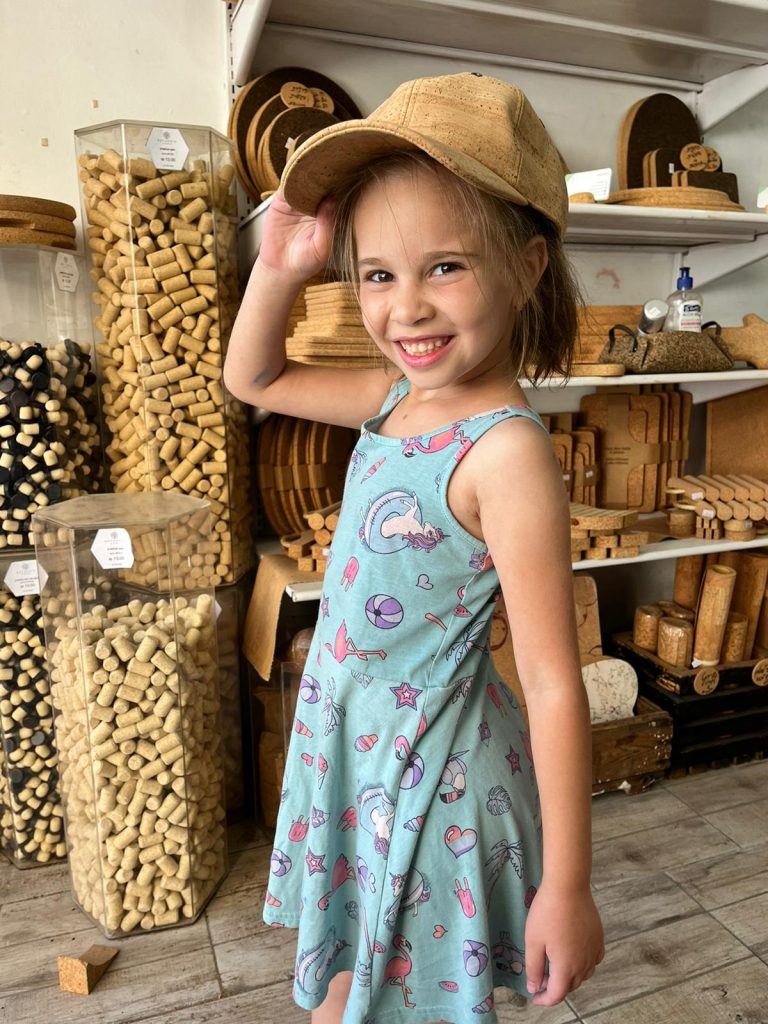
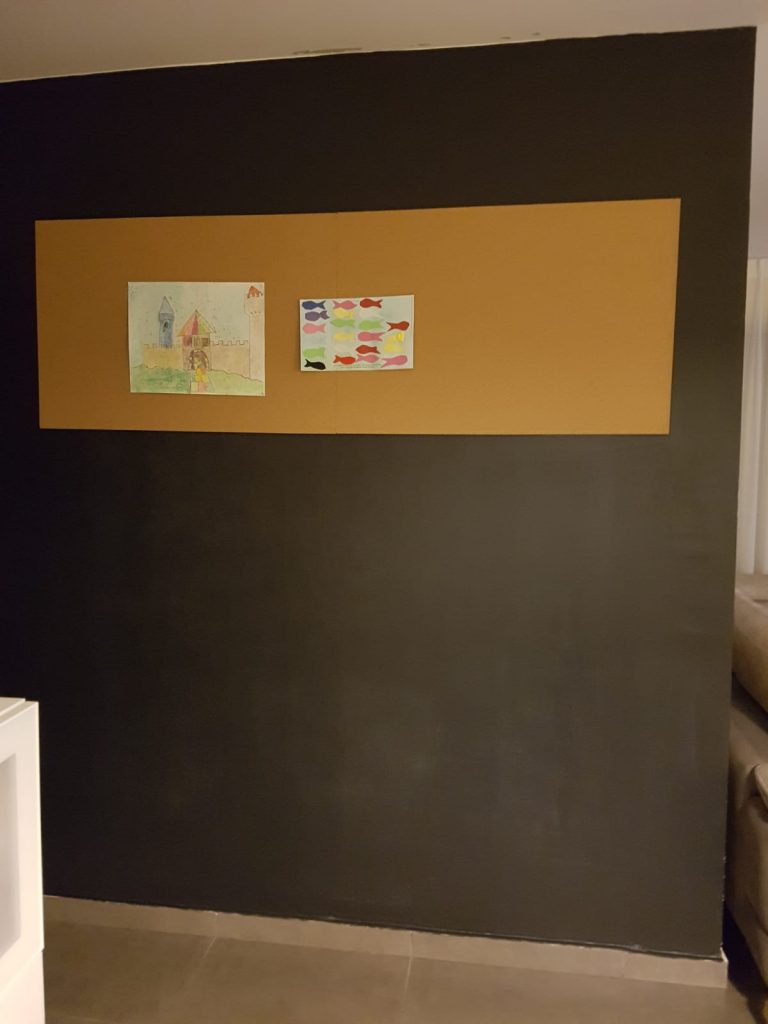
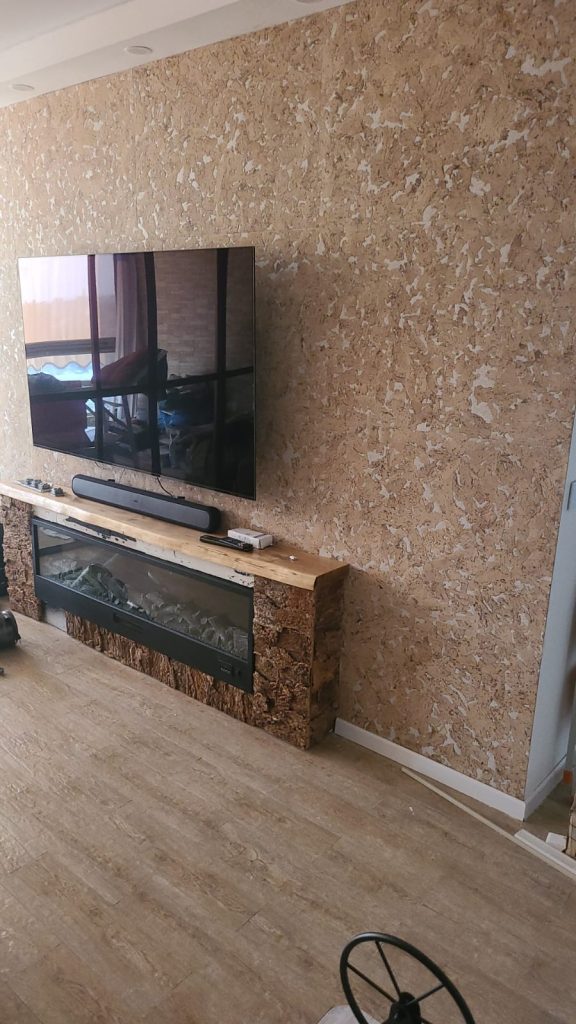
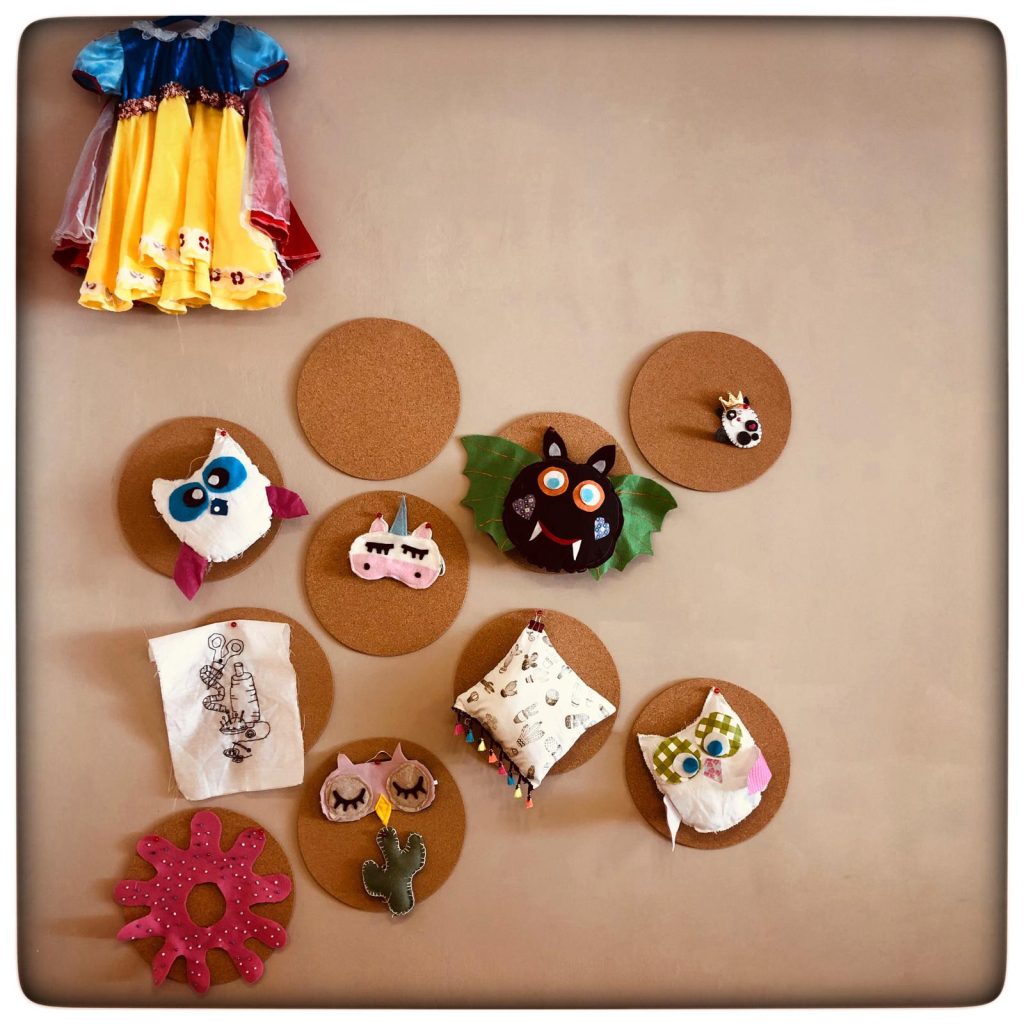














Get 10% off your next order
by subscribing to our newsletter!
Many of us are aware of the importance of eating healthy foods. For some of us, that means more fruits and vegetables. Others may avoid preservatives and additives. For some, it means only organic, non-GMOs. We understand that we are directly affected by the food we ingest, and we should strive (even if we aren’t always successful), to consume healthier foods rather than junk food. At the very least, we feel that guilty twinge eating that pint of ice cream, or getting that fast food meal.
If this is true for ourselves, many parents have learned that they are even more careful with their children. It’s one thing for us to make a decision for ourselves to eat unhealthy foods. However, as the caretakers of our children, who rely on us to provide for them and take care of them, we feel differently. Many of us find ourselves encouraging healthier eating habits than the ones we adopt for ourselves.
What we don’t always realize is that we are affected by far more than just the foods we ingest. The products around us affect us as well. They may cause allergic reactions, or are just made out of materials that generally aren’t good for us. That is one of the reasons we encourage and promote the use of cork alternatives for yoga, as well as other areas.
Children’s toys are often made of foam and plastic – it’s cheap, it’s lightweight, it’s brightly colored. Just what a manufacturer wants. But is it good for our children? Is it safe for them? Cork toys, such as building blocks, are lightweight and hypoallergenic. They also have a degree of elasticity to them. This, combined with their minimal weight, makes them safer than wooden toys even in situations where the children throw the toys. They come in a calm, light brown tone which can have a soothing effect on children. It allows them to focus on building, and not the bright colorful visual stimulation. The blocks are also made as classic children’s blocks, without interconnecting pieces. This forces the child to concentrate on gently balancing the blocks, rather than pushing pieces to “click” together.
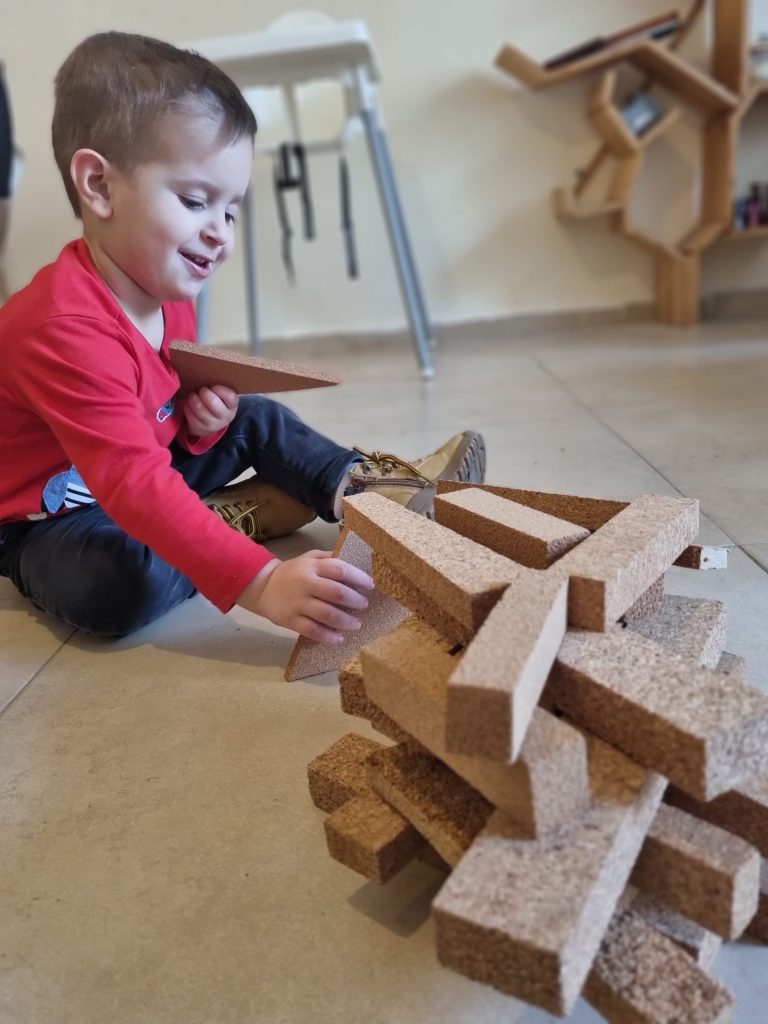
Another benefit of cork toys is the example it sets for our children in conserving the environment. While your adorable one-year-old may not know the difference just yet, they will. And if you have older children at home it is an opportunity to explain how important it is to use biodegradable materials, to avoid chopping down trees, and to be more aware of the way we treat the world around us – planting trees, recycling, and more.
Get 10% off your next order
by subscribing to our newsletter!
You have probably heard that cork as a material is very eco-friendly – but why? Obviously, it’s more natural than synthetic materials like plastic, but is there really a difference between a wooden yoga block and a cork yoga block? After all, the cork is made of wood.
But what is amazing about cork is not only the material itself which is natural but also the way the cork is produced. The cork is made from the bark of the cork oak tree (also known as Quercus Suber), and this bark can be harvested again and again without cutting down the tree, so that the same tree produces cork for many years.
So what’s the process?
First of all – it takes about 25 years until the tree is ready for its first harvest. The tree needs to reach a circumference of about 28″ when measuring the part that is at a height of about 5′ from the ground. The first cork harvested from the tree is not the same cork that will come next time. This is called “virgin” cork and its structure is not very uniform. It can be used for certain (mostly decorative) purposes but is less suitable for the manufacture of other products such as cork stoppers.
After the cork is harvested, the bark renews itself and can be harvested again every 9 years, for about 150 years!! While the first cork produced is not uniform enough to be used for the production of all the cork products we are familiar with (and the second harvest is not quite uniform enough either), by the third harvest, the bark is relatively smooth both inside and outside. This is what is needed to make the products we know (and love!).
The process of harvesting the cork is not simple and the expertise of the harvester greatly affects the quality of the cork produced. For example, the larger the piece of bark that is harvested, the more valuable it is. The art of cork harvesting is often passed down from generation to generation, with all the secrets to proper cork peeling and how to maximize the cork harvested from each tree.
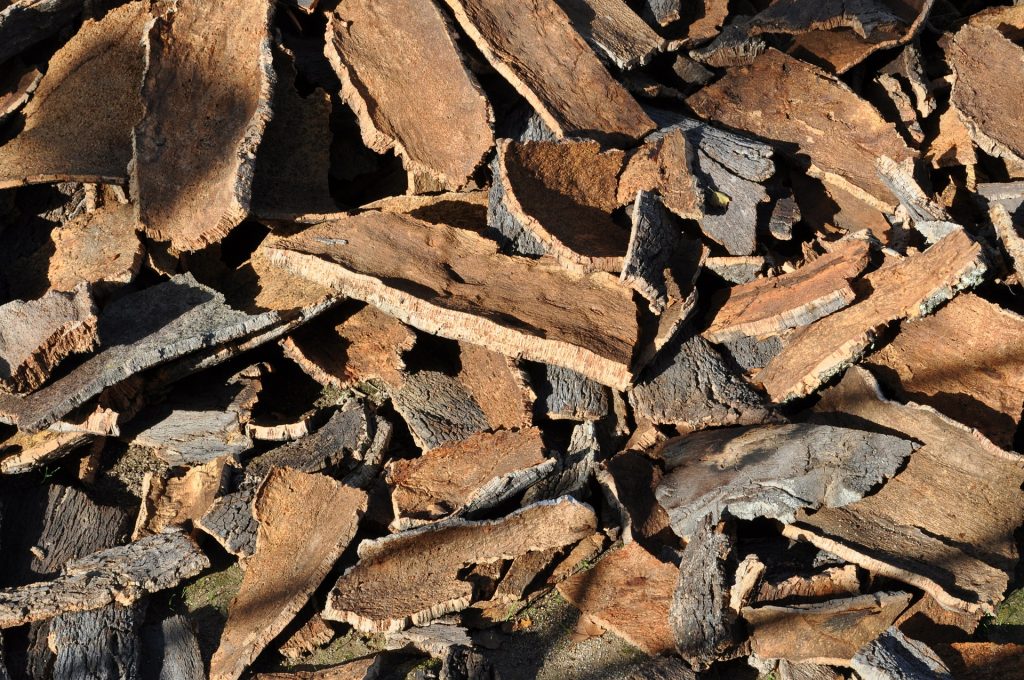
After the cork barks have been collected, they “stabilize” for six months, under concrete slabs. At this stage, it is very important to preserve the cork and make sure that it does not come in contact with substances that can be harmful. Therefore, the cork wouldn’t be placed on wooden pallets for example, which may contain parasites that will destroy the cork.
After half a year of stabilization, the cork is boiled in large vats to disinfect them. After the disinfection phase, the cork is classified according to quality, which determines what to do with each piece. For example, you may have noticed that not every wine cork looks the same. Some corks are made of “natural” cork – that is, cork cut from the bark in its natural form into a cork stopper – and some corks are made of agglomerated cork – which is actually cork that has been ground up and put back together in the shape of a cork stopper. This agglomerated cork is also used for bulletin boards we see that are made of granular grains.
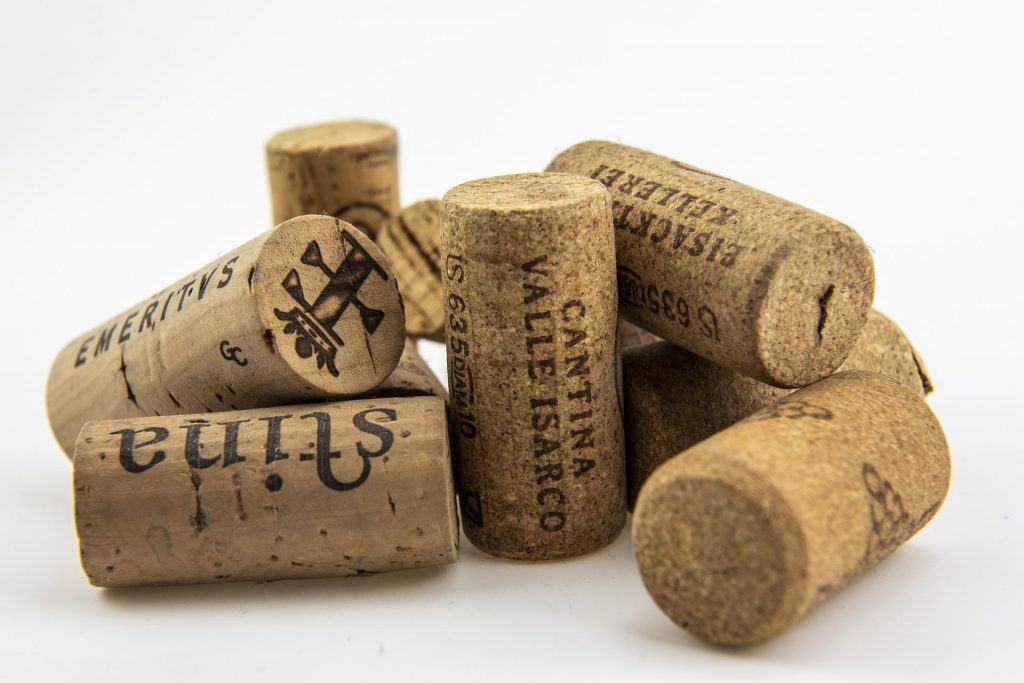
The corks (and other products) made from cork granules can be made more easily – you can use smaller or thinner pieces of bark. Therefore, these corks are often cheaper. Its structure is such that it is also more fragile and less durable over time, so we will usually see it as a wine cork for wines intended for relatively quick drinking (within a few years).
This use of cork granules to create products also makes the cork very eco-friendly – pieces that are not the right size or thickness aren’t thrown out but rather used to produce hundreds of products we use every day – billboards, trivets, yoga blocks, stoppers for bottles and jars and more!
Cork is a natural, hypoallergenic, light and insulating material – and now you also know why it is particularly eco-friendly too!
Get 10% off your next order
by subscribing to our newsletter!
Today, cork is no longer used only for wine bottles and bulletin boards. Cork is used for hot plates, yoga products, furniture, and more. One of the fields cork has broken into is fashion. Today you can find a variety of items made of cork fabric, such as purses, bags, shoes, belts and even umbrellas!
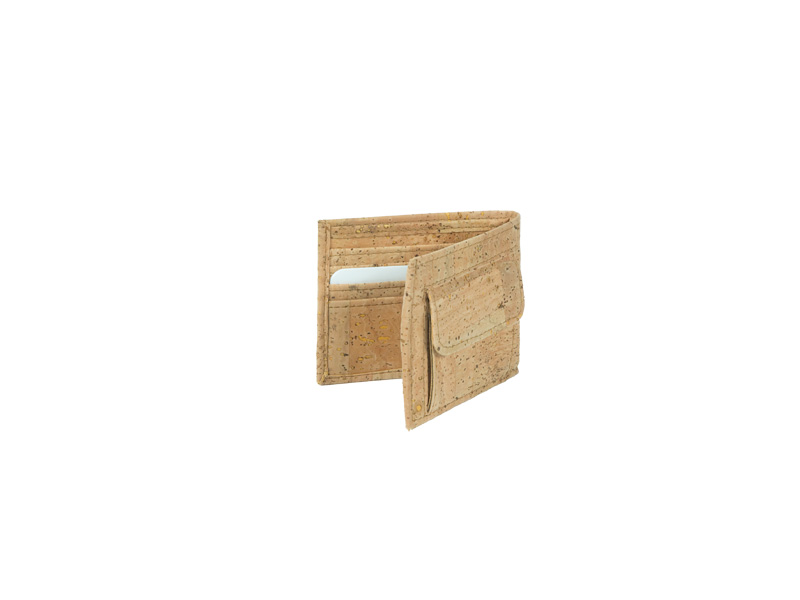
One of the main reasons to opt for cork fabric is that it is an amazing vegan substitute for leather. The cork is harvested from the bark of the tree so that not only is it not made from animal byproducts, the tree itself is not cut down to harvest the cork! The bark regenerates itself making cork one of the most environmentally friendly materials there available.
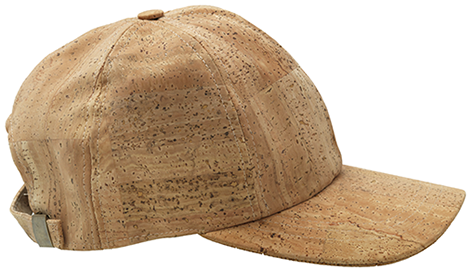
Apart from the fact that it is a vegan and eco-friendly material, cork has other qualities that make it excellent for fashion items:
** Natural texture – the fabric is characterized by a special look that really highlights the texture and grain of the wood. Just as no two trees are the identical – every wallet, every bag, every hat will be unique and special, with its own texture.
** Lightweight – the cells that make up cork are filled with air. This means that the material itself (and therefore products made from it) are significantly lighter than similar products made from other materials. While this may seem less crucial when it comes to a belt, when it comes to a wallet or purse, the difference can be quite significant!
** Water resistant – The cork bark has a wax-like substance called suberin. Suberin protects the cork so that it doesn’t get damaged by the water. There are even umbrellas that are made of cork! So you can walk around with your bag and hat in the rain without worrying about it being ruined. Cork is also antimicrobial and doesn’t get moldy, so aside from being not being damaged by the water itself, they are protected in this respect as well.
** Smooth and soft – the cork most of us are familiar with is not necessarily the smoothest or the softest material. Most people do not think of a bulletin board as something particularly fun to run your hand over. But cork fabric is something completely different – it is soft and pleasant to the touch, as well as flexible.
** Durability – the cork feels very luxurious, but that does not mean it isn’t durable! The cork does not get worn out easily, so the products are also suitable for everyday use. Even if the bag gets a little dirty, it can be cleaned with a damp cloth, perhaps with a drop of soap if necessary.
We hope you are as in love with cork fabrics as we are and are all set to buy your first (or next!) cork fabric wallet, or maybe you prefer a belt? Check out our products here.
Get 10% off your next order
by subscribing to our newsletter!
Get 10% off your next order
by subscribing to our newsletter!
Get 10% off your next order
by subscribing to our newsletter!
Get 10% off your next order
by subscribing to our newsletter!
Get 10% off your next order
by subscribing to our newsletter!